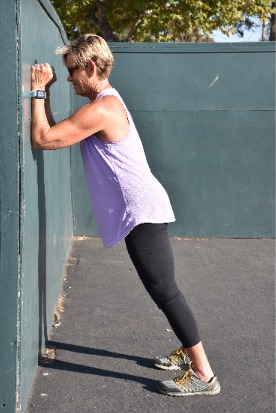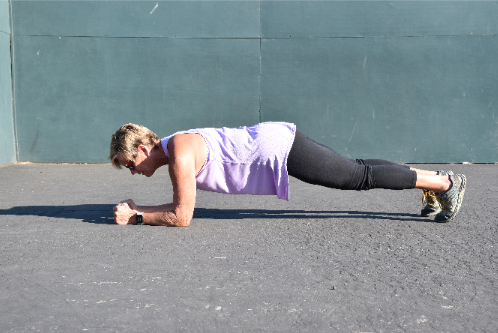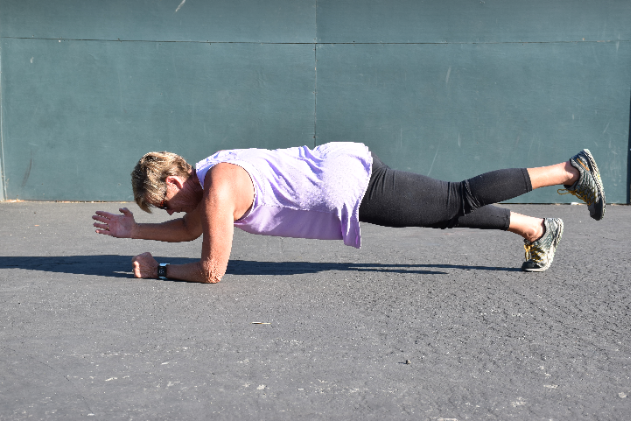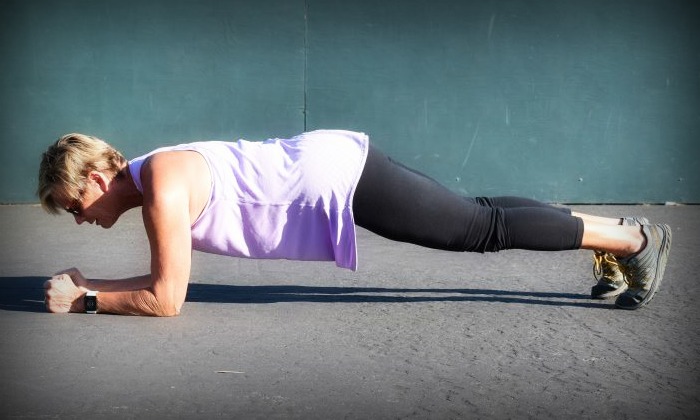We all are told we need it. It helps us walk, and squat and jump tall buildings in a single bound. But what is it exactly? For the purposes of this post, the core is the trunk of your body that provides stability for the other limbs to move. Your core is your power center, whether you are hitting a golf ball, riding a bike, or lifting a bag of soil into your car.
My favorite core exercises are the ones that we don’t realize we are doing. Standing single leg exercises with weight or without, or anti-rotation exercises come to mind. But today we will focus on the simple plank. Because ultimately we have to know what stable feels like. Our spine needs to learn how to be stable while everything else is moving. That is primarily why I start with a plank. It’s a giant isometric contraction.
My feeling is if you can do a plank longer than 20 sec. you are not doing it correctly. Those 20 seconds need to be creating tension from top of the spine through the tip of the toe. That being said we all have different backs and different starting lines. If you have never done a plank, please start with the first exercise and see if you can feel your “trunk”. If you feel comfortable and can hold the plank in a good position consider the other two exercises. In the end, we want to continue challenging our core so that it can support us wherever our adventures take us!
Today rather than do 3 different exercises, we are going to do one three different ways, each progressively more challenging.
Please make sure you are breathing when you are doing these.
Plank at Wall
The wall is a good place to work on form. Using the forearms to brace leaves any pain in wrist out of the equation. If you pretend you are on the ground instead of a wall you can set up easier.
- Note my neutral spine, both neck, and lower back.
- Notice my rib cage is not flared. I pull my rib cage gently down towards my hips and I feel my inner corset engage.
- My elbows are at my chest and my shoulders are comfortable. I do have to have enough shoulder mobility to pull my shoulders back so they are even with my ears.
- My work starts when I push against the wall in an apparent act to move it. To push it away from me. I drive my
heals down and squeeze my butt. - Count to 10, breathe and relax.
- Repeat 2-3 more times.


Regular Plank
This is a standard plank.
- My neck is slightly flexed. I would have preferred it to be more neutral.
- My movement on this plank is the same as the wall. I am creating tension in my body by driving my elbows and toes into the ground, pushing it away from me.
- I keep my rib cage from flaring, and squeezing my butt gently, completes the work.
- I do 10 sec off 2-seconds rest.
Three-Point Plank/Two-Point Plank
Once you have become comfortable with a standard plank for the 3-4 reps of 10 seconds you can consider destabilizing your plank by removing an appendage (not permanently mind you).
- Alternating, lift the right leg then the left leg and remain in a stable position, not letting your hips drop. Spreading the work to 3 points instead of 4.
- As you drive the shoulders gently away from the ears you will feel your trunk do what it does best.

Two point plank
…or bird dog plank is the fourth and final phase in this progression and is a very advanced move.
It can also be done on the wall,
Thanks for tuning in today. Let me know what works for you in a comment below…
Want to Connect with other Ripped Grandma’s?
Join Me In My Facebook Group…




